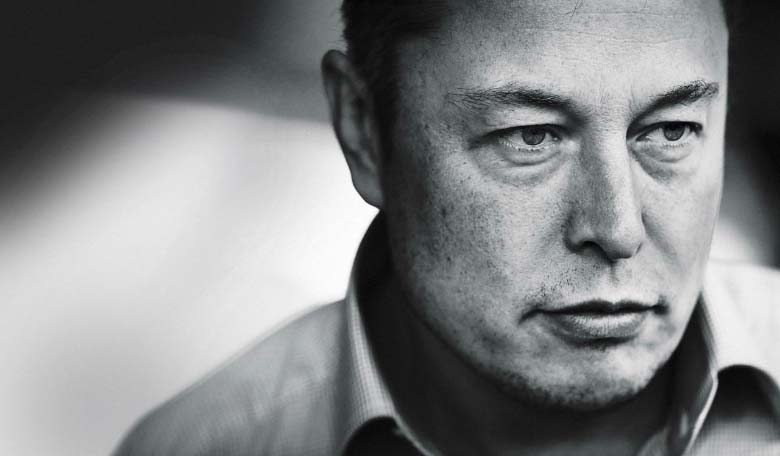Elon Musk plans to unveil a Mars mission architecture in September 2016, said the SpaceX Chief Executive in a recent interview at the Code Conference. Musk said the series of missions will begin in 2018 and lead up to the first crewed mission to Mars in 2024. He plans to announce the architecture for human Mars missions at the International Astronautical Congress in Guadalajara, Mexico.
What is known of his plans so far is that an unmanned launch of a Dragon spacecraft is scheduled for 2018. The mission is called Red Dragon. On April 27, SpaceX announced that it will work together with NASA on the mission, with the latter providing technical expertise. NASA will not fund any part of the mission and will receive data from the spacecraft's Mars landing attempt in exchange for technical consults. “The basic game plan is that we’re going to send a mission to Mars with every Mars opportunity from 2018 onwards,” Musk said.
Launch windows for Mars missions open every 26 months, with the next opening in the spring of 2018. “We’re establishing cargo flights to Mars that people can count on,” Musk went on. “I think if things go according to plan, we should be able to launch people probably in 2024, with arrival in 2025.” He declined to provide additional details about the plan.
Musk had also mentioned that the first Falcon Heavy launch is scheduled for the end of 2016. The launch would not carry a payload, despite earlier reports that there was some interest from customers. He addressed the development delays of the Falcon Heavy, which was originally scheduled to launch a few years ago. “It’s not like we had a lot of pressing customers who wanted us to launch this,” he said. In fact, at least one company, ViaSat, decided to purchase a launch on an Ariane 5 because of Falcon Heavy delays, reserving its Falcon Heavy contract for a later mission.
According to Musk, SpaceX plans to keep up its high launch rate (three Falcon 9 missions were launched in less than 8 weeks). “We’re sort of backlogged on our launches and we’re trying to get them out as quickly as we can,” he said, referring to the June 2015 Falcon 9 launch vehicle that halted launches for nearly six months. “The launches will take place every two to four weeks. That’s quite a high launch cadence,” he commented.
SpaceX's Dragon v2, or the Crew Dragon will be unveiled next year. The vehicle is being developed by SpaceX for NASA's commercial crew program and will be used to transport NASA astronauts to and from the ISS. A version of the Dragon will also be involved in the Mars missions.
Musk also hinted that he may want to try spaceflight personally. “I think I will at some point,” he said. “I’ll probably go to orbit in four or five years, something like that.”











